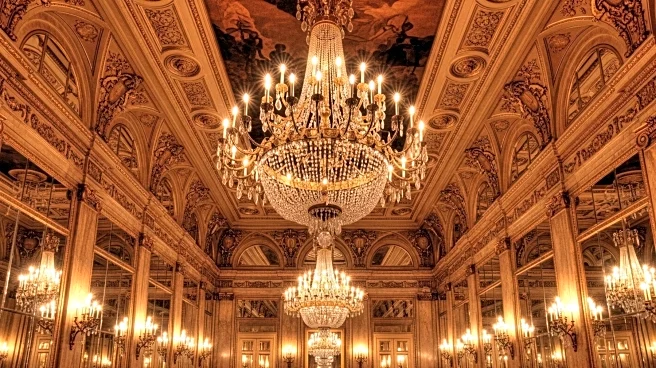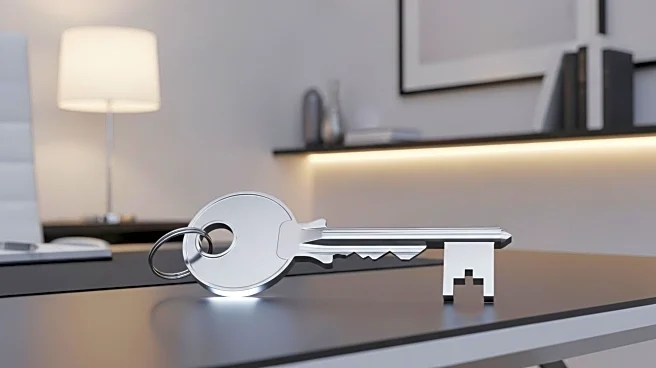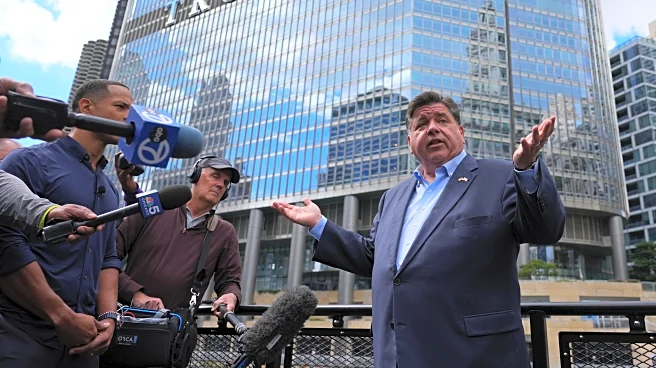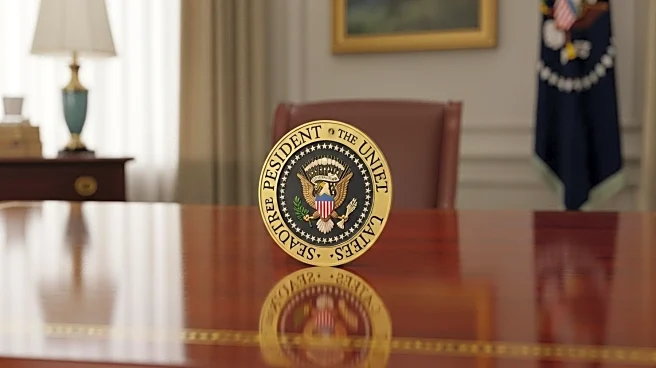What's Happening?
President Trump has initiated significant changes to the White House, including extensive gilding of the Oval Office and plans for a new 90,000-square-foot ballroom. The Oval Office has been adorned with gold leaf, drawing criticism for its ostentatious style. Experts have expressed concern over the lack of finesse in the gilding process. The proposed ballroom, which will be highly gilded, is set to expand the East Wing significantly. The American Institute of Architects has called for transparency and adherence to professional standards in the ballroom's design and construction.
Why It's Important?
The changes to the White House reflect President Trump's personal aesthetic preferences, which have sparked debate over the preservation of the building's historical and architectural integrity. The addition of a large ballroom could alter the White House's traditional design, raising questions about the balance between modernization and historical preservation. These developments may also influence public perception of the presidency and the symbolic nature of the White House as a national monument. The project has implications for architectural oversight and the role of historical preservation in government buildings.
What's Next?
The ballroom project is expected to begin in September, with completion anticipated before the end of President Trump's term. The design will undergo review by oversight bodies, including the Commission of Fine Arts and the National Capital Planning Commission. The outcome of these reviews and the project's execution will be closely monitored by architects, historians, and the public. The White House's approach to this project may set precedents for future renovations and expansions of government buildings.
Beyond the Headlines
The extensive gilding and planned ballroom addition highlight broader cultural and political themes, such as the tension between personal expression and public responsibility in the presidency. The changes may also reflect a shift in how the White House is perceived as a symbol of American values and governance. The project raises ethical questions about the use of public spaces for personal expression and the importance of maintaining historical integrity in national landmarks.













